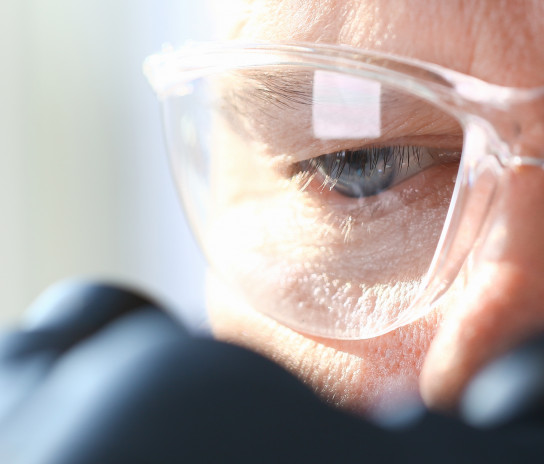Diabetic retinopathy is a complication of diabetes and can lead to severe sight loss.
Diabetic retinopathy occurs when high blood sugar levels damage the retina.
The retina contains light-sensitive cells at the back of the eye responsible for receiving and organising visual information.
When blood sugar is very high, it can damages the tiny blood vessels that supply the retina. Damage to these blood vessels can affect vision. If undiagnosed and untreated, diabetic retinopathy can cause severe sight loss.
How common is diabetic retinopathy?
Diabetic retinopathy can affect up to 80 per cent of people who have had diabetes for 10 years or more.
Diabetic retinopathy is one of the leading causes of sight loss in the United Kingdom among people of working age. It can develop in anybody with type 1 or type 2 diabetes.
In Scotland, 111,000 people are estimated to be living with diabetic retinopathy. Of those 111,000 people, it is estimated that 10,200 individuals are living with a severe form of the condition.
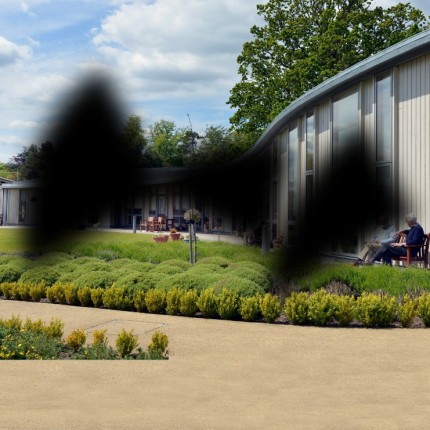
How diabetic retinopathy affects the eye
The image shows the retina – the layer at the very back of the eyeball.
The eye on the left is not affected, while the image on the right shows a retina that is affected by diabetic retinopathy.
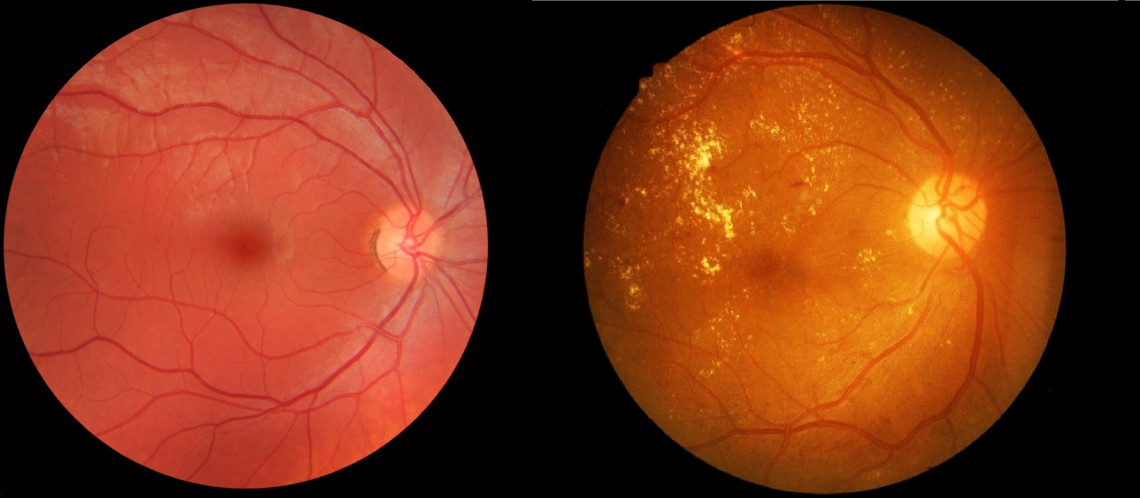
What are the symptoms of diabetic retinopathy?
Early signs of diabetic retinopathy can be picked up by taking photographs of the retina during a screening session with an optometrist.
Everyone with diabetes who is older than 12 years is invited for an annual eye screening.
People with diabetes should contact their doctor if they experience any of the following:
- gradually worsening vision
- floating shapes in their field of vision
- patchy vision
- eye pain and redness.
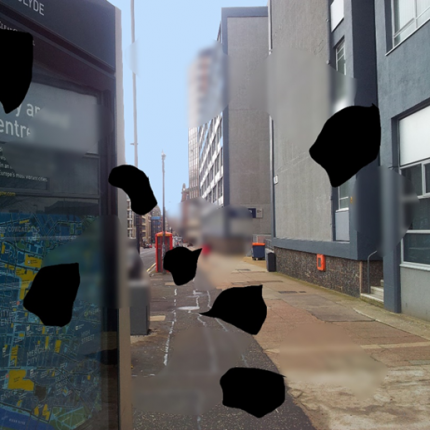
How can I reduce the risk of diabetic retinopathy, and how is diabetic retinopathy treated?
Managing your diabetes is the best course of action to minimise the risk of diabetic retinopathy.
If screening detects significant problems that indicates someone’s vision is at risk, there are a number of treatments available.
The main treatments for diabetic retinopathy are:
- laser treatment
- injections of medication into your eyes
- an operation to remove blood or scar tissue from your eyes.
Sight Scotland Veterans Sight Loss Information Line can give advice on finding an appropriate eye clinic in your local area.
Research into diabetic retinopathy
Sight Scotland Veterans funds ophthalmology research through the Royal College of Surgeons in Edinburgh, together with our and our sister charity Sight Scotland.
To better understand diabetic retinopathy, a study we funded followed patients undergoing a conversion to insulin pump therapy. This research examines whether changes in patients’ retinopathy relate to changes in their glucose control.
NHS Lothian modified its practice after findings from this research.
Patients now have a retinal eye screening when they begin their insulin pump therapy, and again after three months. This screening stage allows for intervention which might save people’s eyesight.
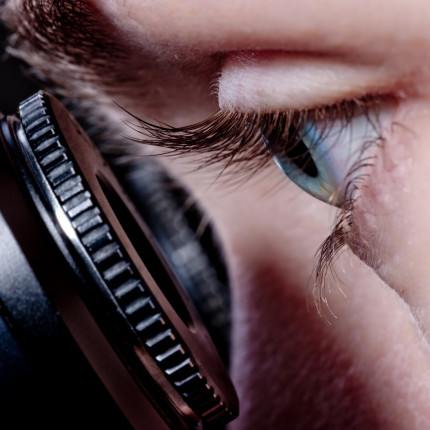
You may also be interested in
Veterans Information and advice
Information, articles and guidance about sight loss and visual impairments, including advice to help with the different ways sight loss can impact on your life, different conditions and their treatments.
Raymond's story
Raymond spent much of his life in darkness - but his days have been brightened up by kindness from Sight Scotland, he says


